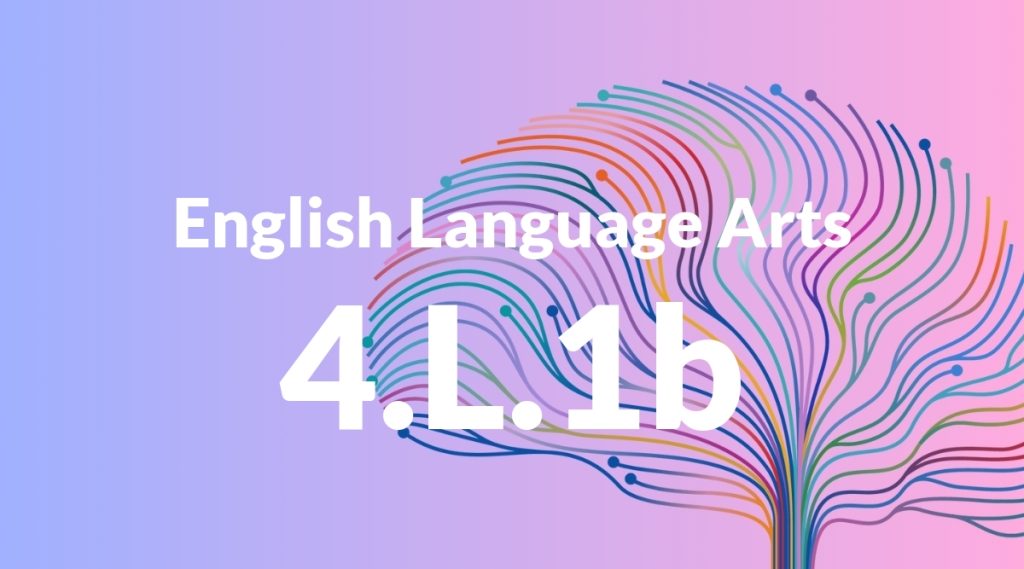Standard: 4.L.1b – Form and use the progressive (e.g., I was walking; I am walking; I will be walking) verb tenses.
Grade level: Grade 4
Subject: English Language Arts
Domain: Language
Teacher Overview
This standard focuses on helping students understand and use progressive verb tenses to describe ongoing actions. Mastery of this standard is important as it enhances students’ writing and speaking abilities, allowing them to convey actions more precisely and vividly. Students should have a solid grasp of basic sentence structure and simple verb tenses. This foundational knowledge will support their understanding of how progressive tenses function to describe ongoing actions.
After mastering this standard, students will be equipped to use perfect verb tenses and understand how to convey different shades of meaning through various verb tenses, further enhancing their language skills.
Common Misconception 1
A common misconception is that students may confuse progressive tenses with simple tenses, thinking they are interchangeable. This is incorrect because progressive tenses specifically indicate ongoing actions, while simple tenses do not.
Intervention 1
To address this, teachers can use visual aids and timelines to illustrate the difference between simple and progressive tenses, emphasizing how progressive tenses show actions in progress.
Common Misconception 2
Another misconception is that students might form progressive tenses incorrectly by omitting the auxiliary verb ‘to be’. This results in grammatically incorrect sentences.
Intervention 2
Teachers can provide sentence construction exercises that focus on the correct use of auxiliary verbs, ensuring students practice and internalize the correct structure of progressive tenses.
Prerequisite Knowledge
Students should understand the basic structure of sentences, including subject and predicate, and be familiar with simple past, present, and future tenses.
Subsequent Knowledge
Students will develop the ability to use perfect verb tenses and understand how to convey different shades of meaning using various verb tenses.
Instructional Activities
- Writing journal entries using progressive tenses
- Creating short stories that include characters performing ongoing actions
- Engaging in role-playing activities where students describe actions using progressive tenses
- Completing worksheets that focus on identifying and forming progressive tenses




